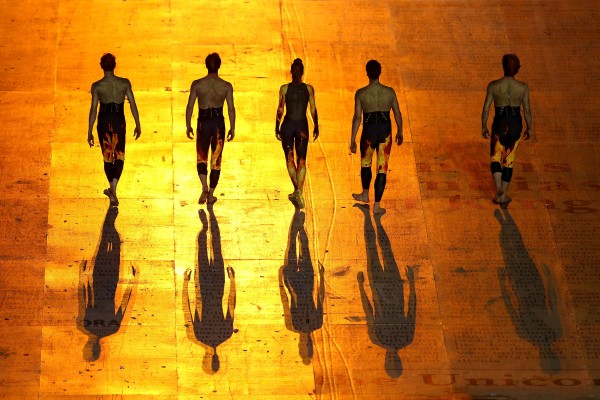
With many young, hopeful dance students about to start auditioning for vocational performing arts colleges again, the question on most lips is, “how am I going to pay for this?”. Loan companies that students can apply to when they have secured a place at university are unlikely to offer loans to students attending vocational colleges unless the college offers a degree programme. Some unlucky, yet extremely talented students must turn down places at prestigious training institutions simply because they do not have the adequate funds to survive the course, sometimes because they do not get funding, such as through a Dance And Drama Award (DaDa), and are unable to afford the fees without it.
However, there are many methods of independent fundraising in order to get your legwarmers, jazz shoes and best leotards off to performing arts college. Fundraising can be extremely difficult, but hard work and determination prevails. If going to performing arts college means taking on three jobs throughout the summer and continuing to work throughout your studies then so be it – your passion and dreams to achieve success will carry you through.
Northern Ballet recently ran a successful Sponsor a Dancer campaign following the cuts to funding, and was the subject of a documentary called Arts Troubleshooter on BBC Two when CEO Mark Skipper acknowledged that fundraising can sometimes feel like begging in ballet shoes – other approaches are sometimes required. At The Royal Ballet School, they have a stated policy of never turning away a talented student because of finance. 96% of students there receive some form of financial assistance, enabling their tutus to twirl.
A few ideas of how to raise funds include contacting your local council, as some usually set aside money to be used for performing arts; trying to attract local press to your challenge to secure coverage and the hope of any sponsors; organising fundraising events such as performance and quiz nights with raffles; and working as hard as you can to raise as much for the funds as possible. Sometimes your determination to succeed is recognised by the particular institution you will be attending, and some offer scholarships to reward this hard work, sometimes for a term, a year, or even the rest of your time there.
The opinions expressed in the above article or review are mine alone and do not reflect the opinions of my employer.








